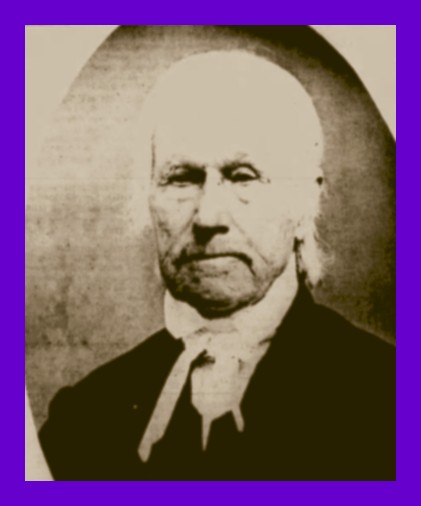An undated photograph of J. Gillingham, an abolitionist of Pottsville, whose home was an important way station on the Underground Railroad.
The photo appeared in the “Looking Back” feature of the Pottsville Republican, October 27, 1979, which was presented by Joseph M. Hanney, who was the vice president of the Schuylkill County Historical Society. The photo is from the historical society’s collection. The text was written by Hanney:
THE UNDERGROUND RAILROAD
The stern-visaged gentleman, J. Gillingham, a Quaker, played a strange and almost lonely part in early local history….
Prior to the Civil War, and up until President Lincoln’s issue of the Emancipation Proclamation, it was illegal and subject to severe penalty to harbor or transport a runaway slave through the North. Abolitionist sentiment was strong in the North, and especially amongst Quakers, many of whom were in Pottsville and Schuylkill County. Even after the Proclamation it seemed strange that harboring and transporting slaves remained somewhat frowned upon. Mr. Gillingham’s property, a brick home on the northeast corner of Seventh and Mahantongo Streets, was a way-station for harboring the runaways, one of a number of systems of relays to Canada. Transport was made in tarp-covered wagons by many devious routes from way-station to way-station, through the darkness of night. While no railroads nor underground tunnel systems were ever physically used, there were well-organized routes and lay-overs, hence the title.
_______________________________________________
Article & photo from Newspapers.com.
Corrections and additional information should be added as comments to this post.
[African American]
